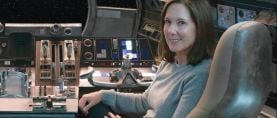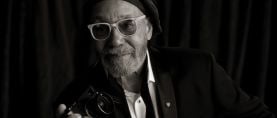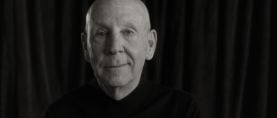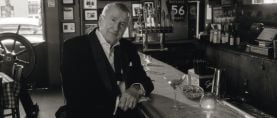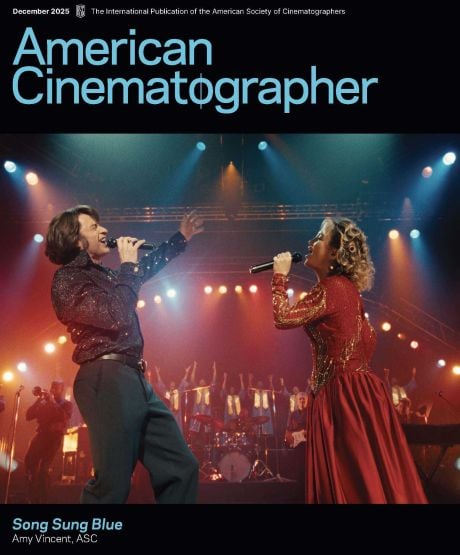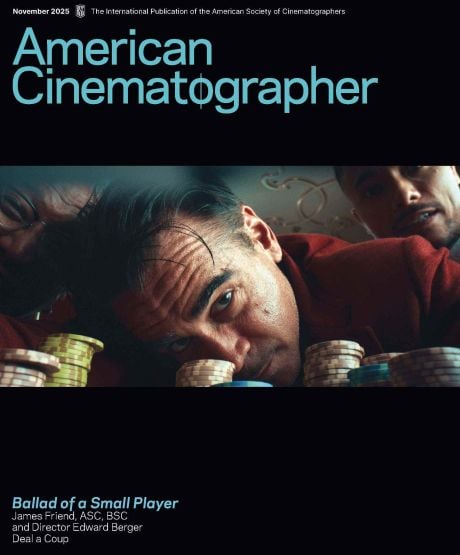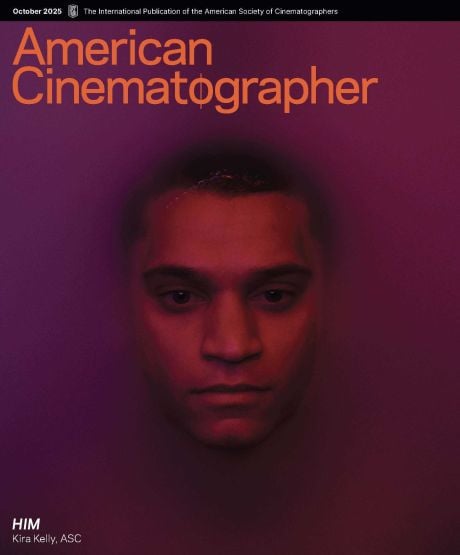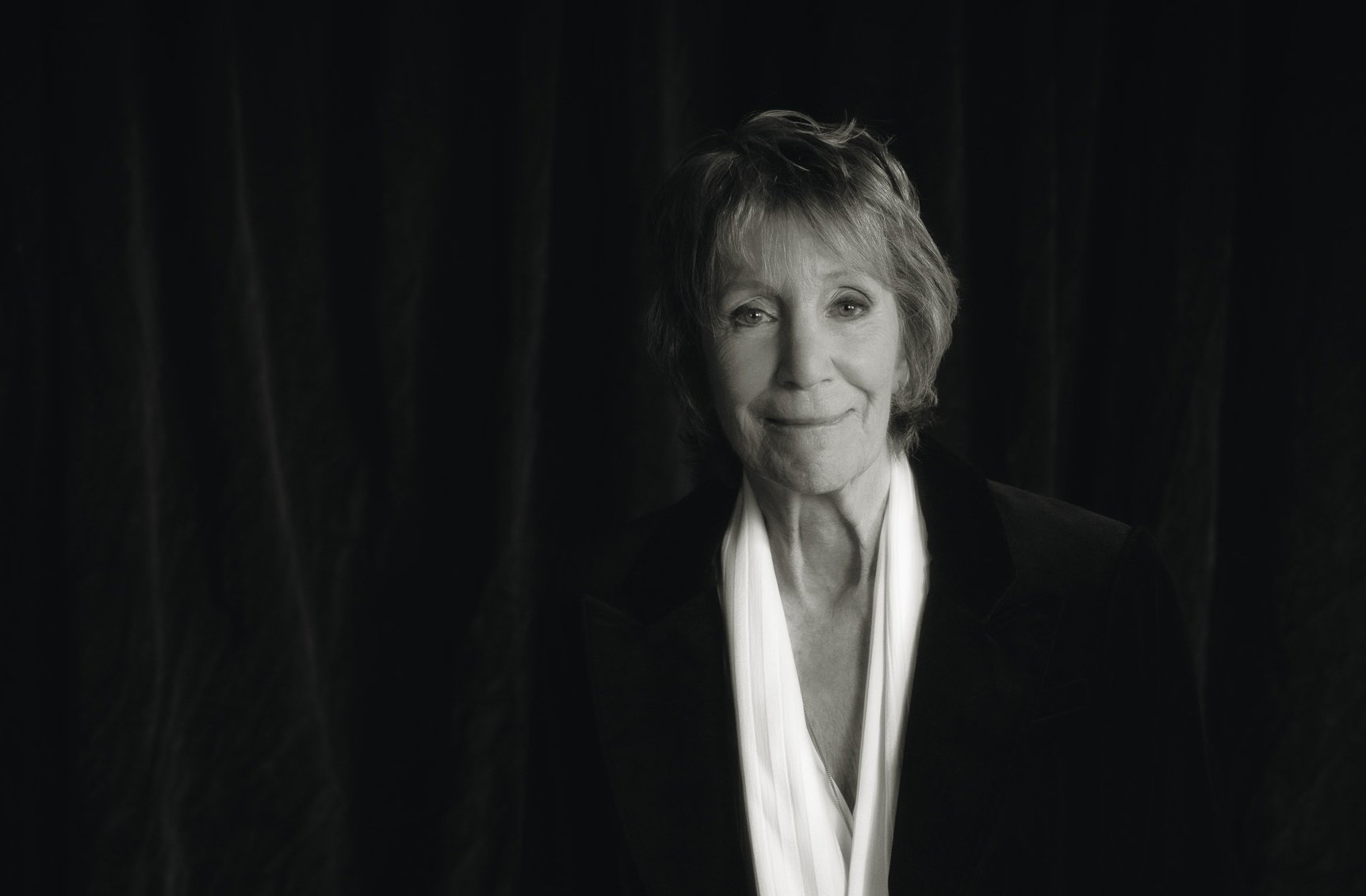
Joan Churchill, ASC: Trusting the Process
Honored with the Society’s first-ever Lifetime Documentary Award, the pioneer of verité filmmaking shares how her willingness to follow her subjects has helped shape her storied career.
Few documentary filmmakers have had as profound an impact on the genre as Joan Churchill, ASC, whose body of work includes Gimme Shelter, Punishment Park, An American Family, Soldier Girls and Aileen: Life and Death of a Serial Killer. The first cinematographer invited to join the ASC with credits exclusively in the documentary domain, she will receive the Society’s inaugural Lifetime Documentary Award during the ASC’s annual gala on Feb. 23.

Churchill’s honors include the BAFTA Flaherty Feature Documentary Award, of which she was the first female recipient, and the inaugural IDA Award for Outstanding Cinematography. She has served on the AMPAS Documentary Executive Committee for 14 years.
Her father Robert founded Churchill Films, whose educational shorts were a mainstay of school curricula. Her mother, Mae (Huettig) Churchill, was an economist, activist and author. “The last thing I wanted to do was get into film because that’s what my father did,” says Churchill. “I was taking French at UCLA summer school when I saw another class that looked interesting.” It was a filmmaking course taught by Ed Brokaw in which students directed, shot and edited short-form documentaries.
Churchill’s project was about a used-car salesman. She recalls, “I was shooting 100-foot rolls with my father's Arri [Arriflex] S. This beautiful blonde came in wearing short shorts and high heels, licking an ice-cream cone. But I ran out of film, and by the time I got the Arri reloaded, I had missed much of the scene.” In the editing room, she couldn't figure out how to make the scene work. “I was stumped. Brokaw came in and said, 'Take those five or six shots hanging in the trim bin and throw them up in the air. The first one you pick up will be your first shot.' It turned into this incredibly surreal scene. The experience made me decide to switch my major to film."
“With film cameras, people couldn't see me — I was hiding behind the camera. When the digital cameras became smaller and I was holding them below my face, suddenly I was able to relate to people on a completely different level."
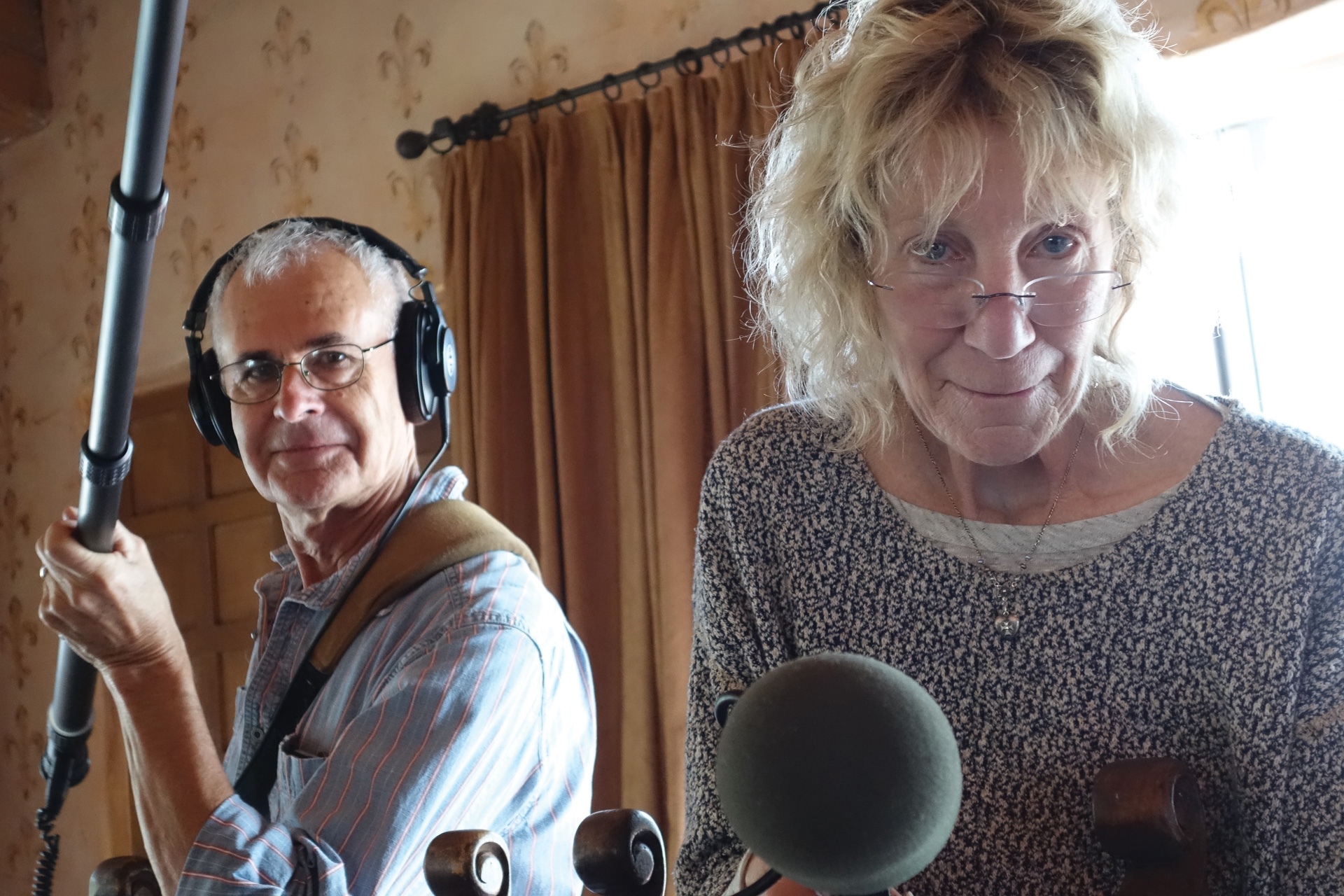
Formative Experiences
Churchill was one of many cinematographers hired to cover the notorious Altamont Free Concert during the making of Gimme Shelter, directed by Albert and David Maysles and Charlotte Zwerin. The documentary followed The Rolling Stones on their 1969 tour of North America.
“I had been flown in by helicopter the night before to shoot these hardcore fans who spent the night around campfires,” Churchill recalls. After a sleepless night, she was sent to film the line of cars on the other side of the concourse. “I was offered food and drink along the way. I set my camera up, pulled my light meter out, and there were rainbows shooting out of it — I had been dosed! I made my way back and crawled underneath the stage, where I spent the most hellish eight hours of my life. That's where all the violence was. Every time I'd open my eyes, Hells Angels would be smashing and stomping on people.
“By the afternoon, I had recovered enough to work from the back of the stage. I became transfixed by a guy at the front who was obviously tripping. I could relate! I must have shot an entire magazine on him before he was thrown off the stage.”
That shot so impressed Zwerin that she hired Churchill for the second crew on An American Family, the PBS series now considered a precursor to reality television. “I was hired once it became clear that Bill and Pat Loud were separating," says Churchill. “[Directors] Alan and Susan Raymond, who had been shooting the Louds for months, were dead set against my coming on. They didn't want to talk or interact with me. After I was there a couple of weeks, Charlotte quit. Suddenly, I'm alone."
The two camera crews alternated coverage, one following Bill Loud, the other Pat and the children. Churchill and her camera assistant, Peter Smokler, had to be ready to leave at any moment with their Éclair NPR camera package, film and lights. "We were the filmmakers," she said. "Nobody was telling us who to follow or what stories to get. I gained more experience on that series than most people would get in five years of shooting."
Director Peter Watkins’ Punishment Park is a fictional narrative about the Vietnam era presented as a documentary. “The cast Watkins assembled were non-actors playing themselves, so peaceniks and hippies were hunted by vets and cops in the desert.”. “Peter never rehearsed around me, so I had no idea what to expect," Churchill recalls. "He would call ‘Action,’ and I'd shoot what happened. I thought I knew what the next take would be, but he'd change it up, send a different character in or do something I couldn't anticipate. He would also joggle my arm because he thought my shooting was too steady!"
Not knowing what will happen could be one definition of verité cinematography — but Churchill believes that especially attentive filmmakers working in this method can adapt to expect certain events that might unfold. “You're not in control. You don't ever lead; you follow what is happening. The skills of verité shooters are pretty particular: You have to be genuinely interested in other people, and you have to really listen so you can anticipate what will happen."
Churchill has worked for years with her husband, Alan Barker, a sound recordist and director. Together, they have noticed that "if you miss something, it's very likely that people will repeat themselves,” she says. “We have studied these long dialogues people go into. They will very often say the same thing not just twice, but three or four times.”
Churchill’s willingness to interact with her subjects sets her apart from many other documentarians. “In the early days of verité, people didn't acknowledge the presence of the crew, but the minute the camera came down, you were still there, still in their lives. In my case, I often spent months and months with people shooting a film."
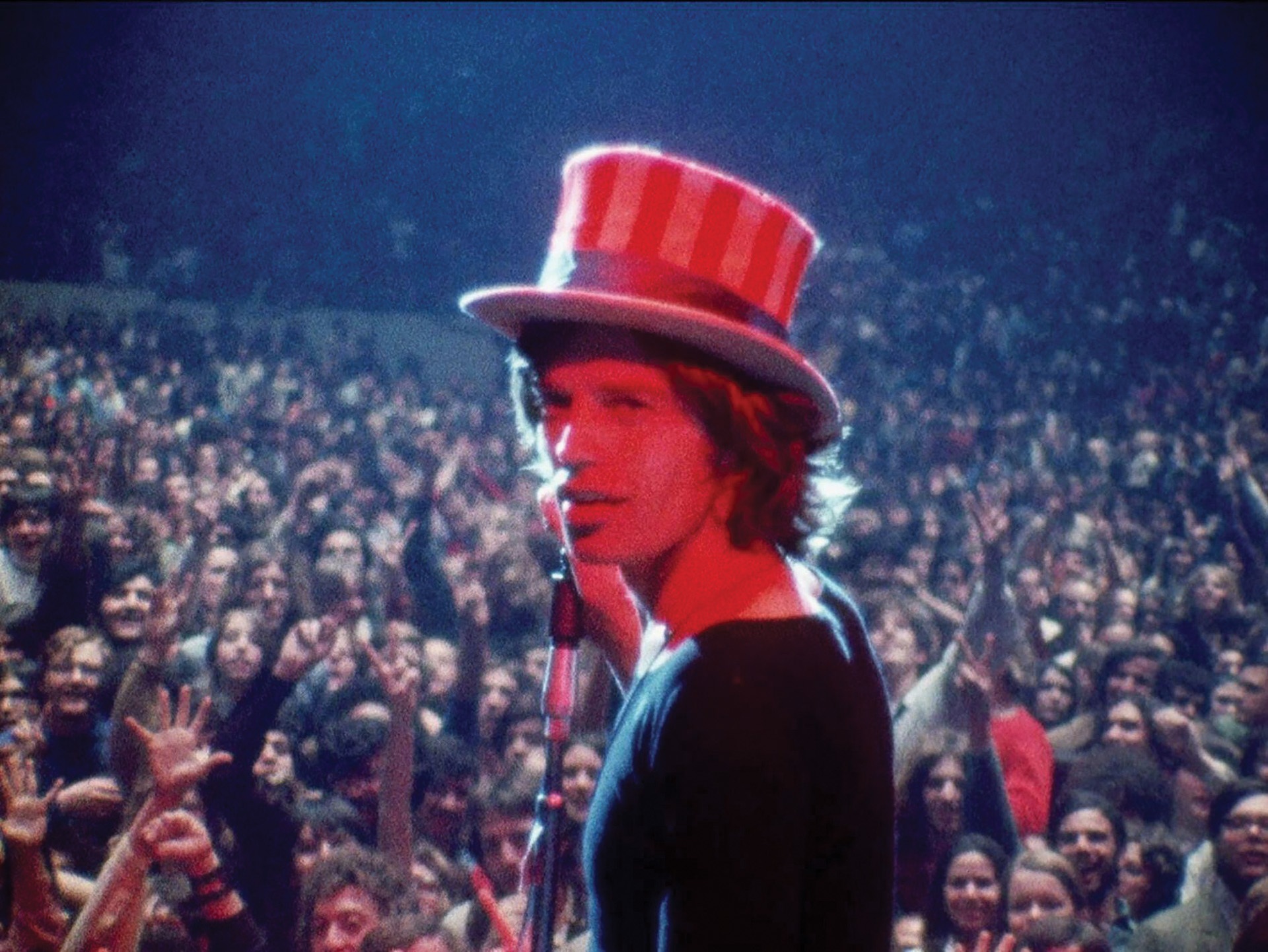
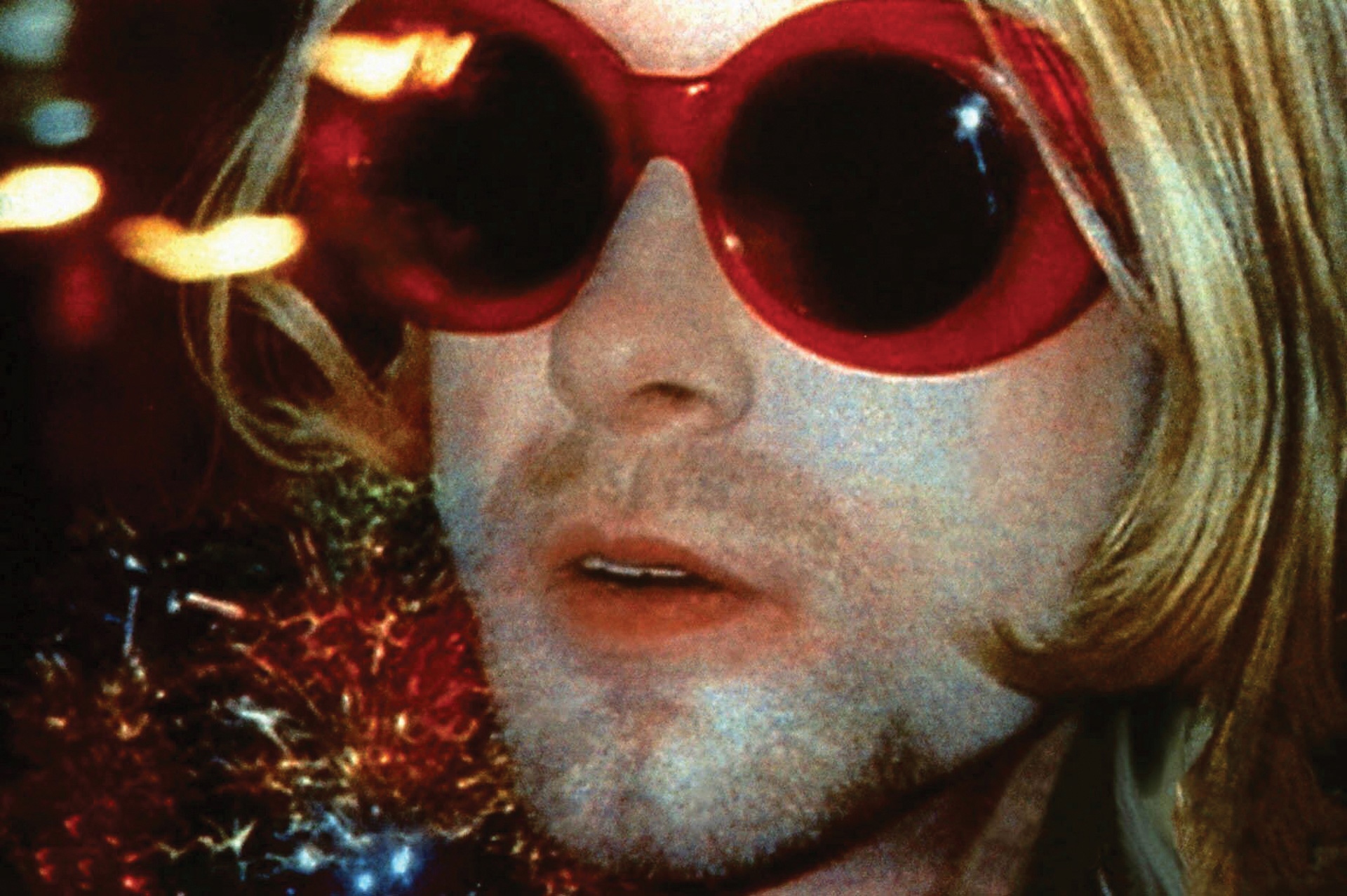
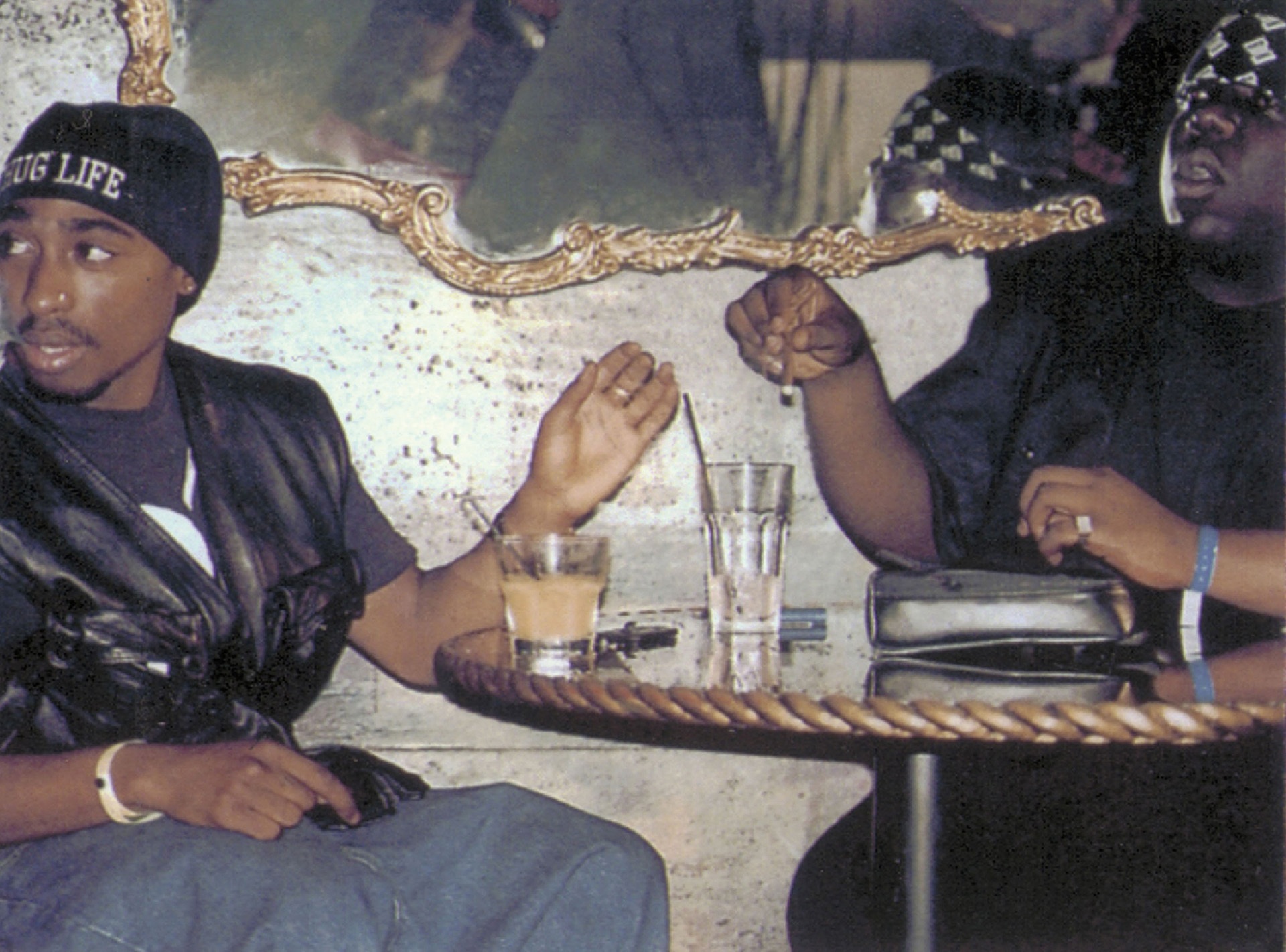
Asked to discuss how evolving technologies have changed the way she works, she says, “With film cameras, people couldn't see me — I was hiding behind the camera. When the digital cameras became smaller and I was holding them below my face, suddenly I was able to relate to people on a completely different level."
Regardless of the technology in her arsenal, however, Churchill’s priority remains her immersion in the lives of her subjects. “On An American Family, we spent so much time with the Louds that we were experiencing the same things. On our series The Residents, we followed interns through to their first year as young doctors, and we were all having exactly the same emotions: devastated when people died, elated when operations succeeded. It was a relief to be able to acknowledge that we filmmakers were present, not separate from the people we were making the film about. To be able to make that part of the film, to recognize that the filmmakers are actually present, was for me a liberation and more honest.”
A different kind of liberation occurred when she signed on as an instructor at the National Film and Television School in London in the mid-1980s. Her mentor from UCLA days, Colin Young, founded NFTS in 1971 and persuaded her to teach there,. “I was turned around by that experience,” she says. “The coal miners were on strike, [and] my students formed a film collective to cover the strikes. I got totally co-opted by them. I remember Steve Morrison, who later became the head of Granada TV, throwing film cans out of a building that had been occupied by rent strikers. That film was taken to a lab and shown on Thames Television that night."
Churchill showed her students Sylvia, Fran and Joy (1973), a short film she made about three young women grappling with women’s changing roles. “They just ripped it apart! They're like, 'These are middle-class twits. Where are the working-class people? Where are the people of color?' They really opened my eyes. I think that changed the course of my life.”
Collaborating with Broomfield
Churchill teamed up with recent NFTS graduate Nick Broomfield, and together they received a grant from the British Film Institute to make Juvenile Liaison, about the Lancashire Police’s treatment of underage petty offenders. “The police disliked the film, and prevailed on the BFI to withdraw it, causing the entire BFI Production Board to resign in protest” says Churchill. “It was never shown publicly after its screening at the London Film Festival." “That was it for us, after that we shot our films in the U.S.”
That was the start of a long creative and domestic partnership with Broomfield. Their next film, Tattooed Tears, about a prison for juvenile offenders near Los Angeles won a duPont-Columbia Award.
That recognition helped pave the way for Churchill and Broomfield’s next project: Soldier Girls. She recalls the genesis of the film: “Efforts to pass the Equal Rights Amendment were gaining momentum, and the Army was forced to accept women on an equal basis with men. We had a meeting at the Pentagon to propose our idea to make a film about their first female recruits. Fortunately, because we had just won a duPont-Columbia Award, they took us seriously."
The filmmakers spent 14 weeks at Fort Gordon in Augusta, Georgia, covering two training sessions. For the first, they focused on the recruits; for the second, their classes. “We had already met [Drill Sargeant] Abing, a real character. Among the new recruits was this wonderful girl named JoAnne Johnson. She was sort of the class clown who made everybody laugh, and this just infuriated Abing. We saw immediately that we had a story."
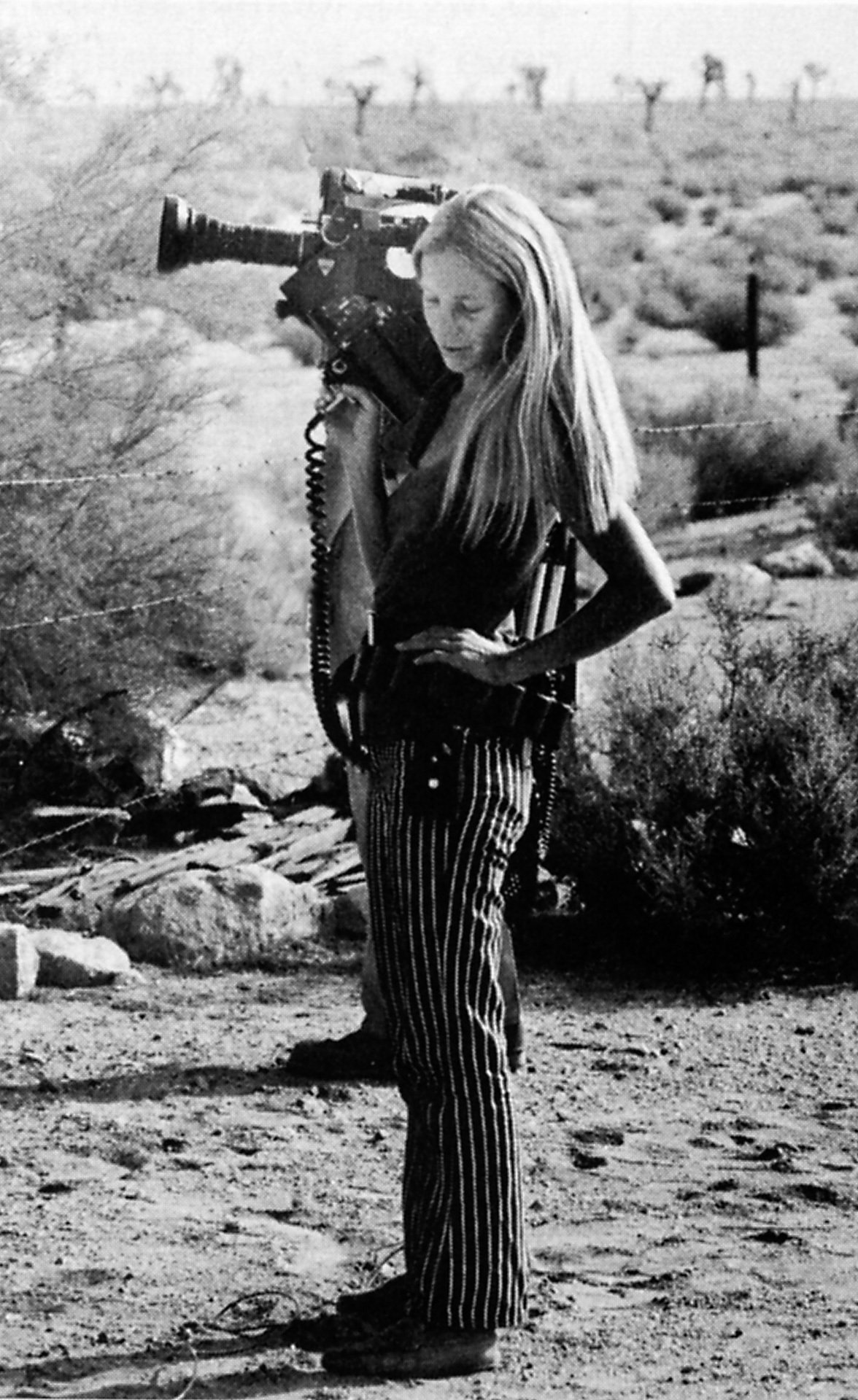
The filmmakers focused on four recruits. "Three, including JoAnne, were determined to get out of the army. Jackie Hall, the fourth, became a squad leader and joined the 82nd Airborne Division. We knew we had great characters and had to trust that they would deliver, which they did."
When Churchill shot night-training exercises, their assistant editor, who was syncing footage in New York, complained that he couldn't see anything. The filmmakers went back to ask for more firepower, and the brass were delighted to triple the number of explosives used in the exercise. The results were so spectacular that George Lucas later took me to lunch to ask how we had captured the scene.
The filmmakers discovered that Sgt. Abing suffered from deep trauma after serving in Vietnam. Churchill recalls, "We wanted his story to come to light, so we provided the beer and got Jackie, who was genuinely curious, to get him to talk about his experiences in Vietnam. Suddenly you could see this man as a human being. It was a defining moment in the film.
“If you spend enough time with people,” she adds, “you see that almost everybody has that humanity. It's just a question of bringing it out. Sometimes that’s difficult. You have to be around long enough that people let down their own guard.”
After three films about institutions, Churchill opted to “do something fun” and approached comedian Lily Tomlin, who was performing a series of shows to try out material that would become The Search for Signs of Intelligent Life in the Universe. “It took months of negotiating until Lily finally said, 'Why don't you come out on the road with us?'” Initially, working on spec, Churchill and Broomfield spent 20 months filming on the road as the show slowly coalesced. When the play became a smash hit, Tomlin decided to make her own show film and hired John Bailey, ASC to direct. “She regarded our film as competition and we were subpoenaed for a lawsuit. It was very tough, a really horrible experience, but I did learn about distribution, because no distributor would touch it for fear of being sued. And a lot of people saw our film because of the publicity surrounding the lawsuit.”
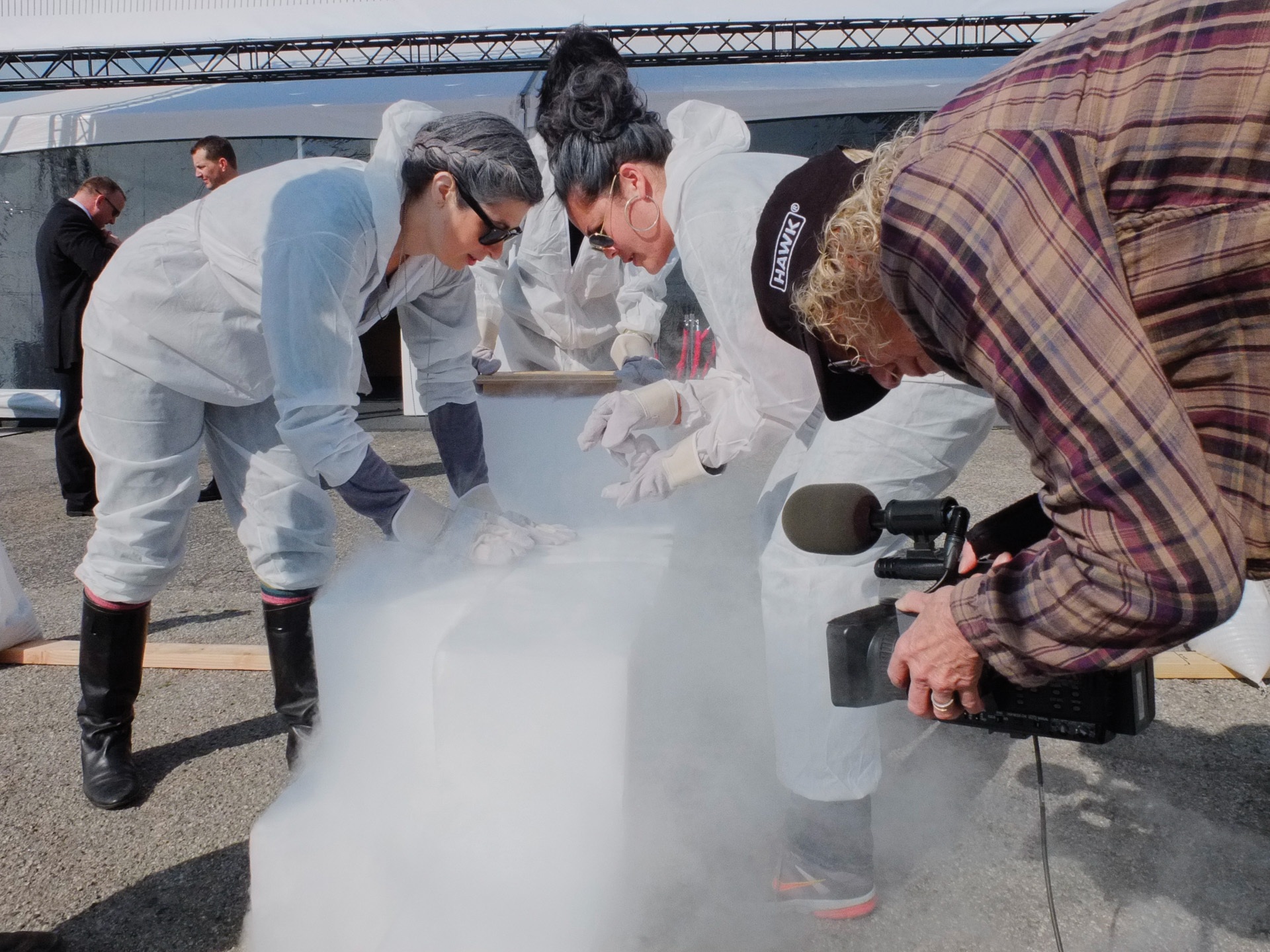
A Professional Reunion
Churchill and Broomfield parted ways — after which she directed and shot One Generation More for the BBC and Asylum for HBO — and then reteamed professionally to make the documentaries Kurt & Courtney, Biggie & Tupac and Aileen: Life and Death of a Serial Killer. Churchill calls the latter documentary, about convicted serial killer Aileen Wuornos, “probably our most important film.”
“We were in the middle of Biggie & Tupac when Nick was subpoenaed to appear on behalf of Aileen Wuornos during her final appeal in a Florida court,” Churchill explains. “He had made a film about her 12 years earlier [Aileen Wuornos: The Selling of a Serial Killer]. She had been sitting in isolation on death row ever since."
The filmmakers got permission to interview Wuornos. They also filmed compelling testimony from her friends attesting to Aileen’s tragic childhood . “By that point, Aileen had suffered twelve years of abuse in prison. She longed for death,” Churchill explains, “and she changed her testimony in court, saying she had killed in cold blood to make sure she would go to her death.” Churchill was using a Sony DSR-PD150 mini-DVCam, her first digital camcorder. She was off to one side of the room when Wuornos made a striking admission of innocence to Broomfield. Caught on camera, the scene became a turning point in the documentary.
Music Makers
Churchill has long been attracted to filming music and musicians, most recently on a project about musician Bob Neuwirth, who was memorialized as Bob Dylan’s sidekick in D.A. Pennebaker’s film Don’t Look Back. “There’s something about filming musicians as they play — it’s the thing I love to do the most. I feel that, like me, musicians have a hard time articulating their passion. It's more productive to film them playing, capturing that creative process."
Churchill met Neuwirth, who was perhaps best known for writing "Mercedes Benz," in the 1970s, and they remained friends until his death in 2022. When his partner, Paula Batson, put together a memorial concert for him, Churchill and Barker agreed to film it.
Rehearsals took place at Studio Instrument Rentals in Hollywood. The space “was this huge black box," says Churchill. “We didn't have the budget or the time to light it. Alan suggested trying [filming with] my iPhone, and the results were fantastic." Shooting the rehearsals on an iPhone allowed Churchill to navigate a stage littered with amps and instruments without spoiling the eight-track recording or disturbing the musicians. “It was as if Bob were in the room as musicians like Eric Clapton, T Bone Burnett and Maria Muldaur celebrated their friend.”
“Long ago, Bob had supplied his circle with drugs and alcohol; then he became sober, and he helped others get sober, too, proving to everyone that you could be creative and embrace sobriety. That's sort of the arc of our documentary."
“Many cinematographers will make a move in a moment of high emotional intensity in someone’s life because they’re thinking, “Now I need a shotfrom the other side.’ It’s important to be very sensitive to what’s happening. If people are in pain or feeling stressed, maybe you shouldn’t move. Maybe you should just settle.”
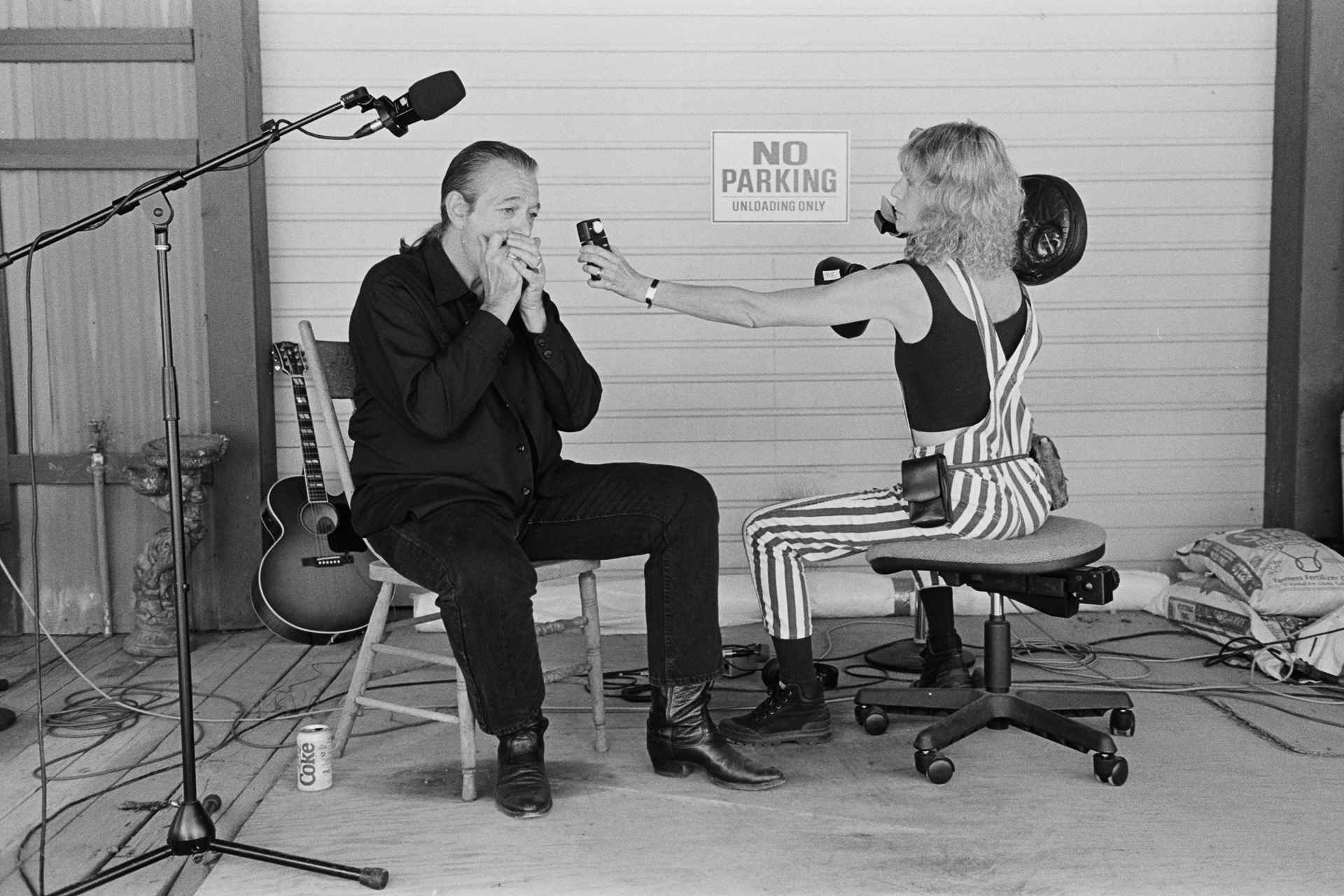
In the early ’70s, while programming acts at Max's Kansas City nightclub in New York, Neuwirth helped introduce artists like Waylon Jennings and Willie Nelson to new audiences. After the success of the soundtrack for the Coen brothers’ O Brother, Where Art Thou?, Neuwirth and T Bone assembled those same musicians in Nashville for a concert that was filmed by Nick Doob, Pennebaker and Chris Hegedus, as well as Churchill and Barker. Called “Down From The Mountain,” the group went on tour featuring Neuwirth as master of ceremonies, which Churchill and Barker filmed.
Factors that tend to adversely affect their work are timing and financing, she adds. “Back in the day, it was relatively easy to get grants from the National Endowment for the Arts and the Corporation for Public Broadcasting. We had creative control and ownership of our films. Now, a half-dozen or so production companies get about 80 percent of the financing available for documentaries. There has been a drastic consolidation in the number of filmmakers who get this work, and the preponderance of them are men. True crime, sports and celebrities — that's what the streamers want. And the puff pieces are often produced by the celebrities themselves, such as the upcoming Amazon doc on Melania Trump, for which she received $40 million."
“Lady Cameraman”
Churchill believes that being a woman has both helped and hindered her in her work. ”In general, women are not taken seriously. We're not seen as threatening, which means we can get our foot in the door in situations where men often fail [to]. We're more open to emotions, and that in turn can help people we film be more open."
On the other hand, she continues, “I was an established filmmaker in the U.S. when I moved to England, and it was like I had stepped back 10 years, as if the feminist movement had never happened. There were no camerawomen. I couldn't get into the union there, and in those days, you couldn't work unless you were a member. In fact, 12 cameramen were trying to get me deported!”
Documentarians Mike Davis, Christian Wangler and Mike Dodds brought Churchill into Allan King Associates, a documentary-production house in London. When she finally received her union card after shooting a film about an abortion clinic, it read “Lady Cameraman.”
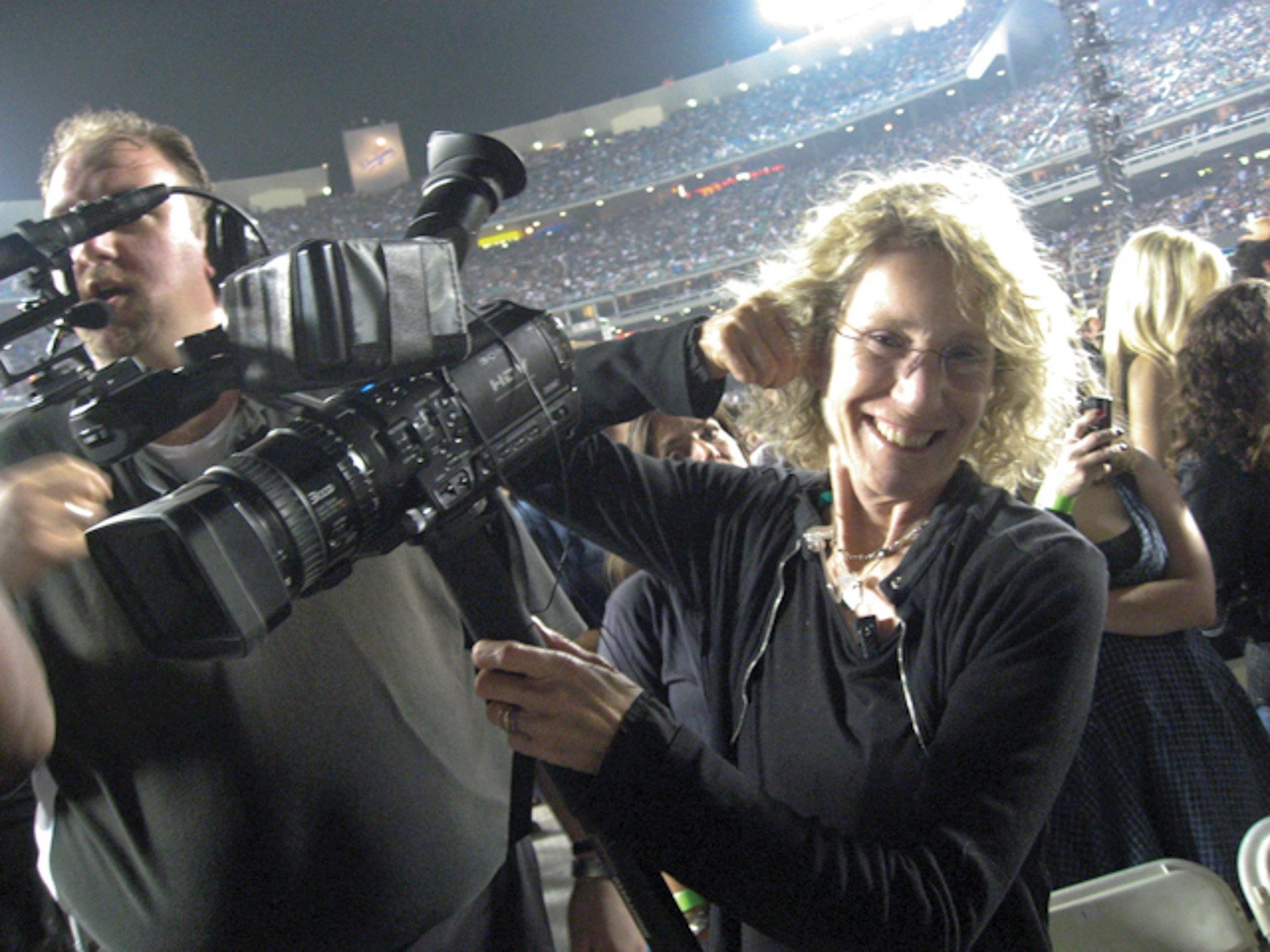
Shooting from the Heart
Churchill was accepted into the Society in 2005, sponsored by ASC members Haskell Wexler, Fred Murphy and Roger Deakins.
Her recent work includes Bedlam, a documentary which she shot and co-produced about L.A. County Hospital’s Psych ER. “Over a five year period, we followed three people we met there, and witnessed the devastation their mental illness had on themselves, their families and friends,” she says. Directed by Kenneth Paul Rosenberg, M.D., it won a duPont-Columbia Award in 2021.
She is also working on a project about the late Haskell Wexler, ASC, who was a close friend and mentor. “We were inspired by Haskell, whose life as a filmmaker and activist was inextricably entwined. We followed him during the last 10 years of his life when he had retired from Hollywood and returned to making documentaries about issues he cared about deeply, such as the danger of working long hours in our industry (Who Needs Sleep). But Haskell did not want to be seen with a film crew tagging alongside him, so we resorted to filming dinners with our documentary friends, who he loved meeting.”
“Being vérité filmmakers, we shot the film in a very engaged manner, sometimes passing the camera from person to person. But in the end, I felt we didn’t have the material to make a feature length film. Haskell continually shut us out of events I considered crucial — for example, when he spoke at Studs Terkel’s memorial, which I thought might be a perfect end of our film. So, I despaired.”
But during the Covid-19 pandemic, Churchill took another look at the material and saw the potential to create four short films. “Making a short film around a conversation is liberating. You don’t need to adhere to the conventional three act structure and you can deal with the subject matter in greater depth. In a feature length film that same conversation would be distilled into a couple of minutes at most.”
The first, Shoot from the Heart, “is an introduction to Haskell based around an evening with him, DA Pennebaker and Chris Hegedus. They debate issues such as cinematic reality and what it means to be an artist. "
In Who Tells the Story? Wexler, documentarian Hubert Sauper and photojournalist Susan Meiselas discuss who determines fact and fiction and who "owns" a story. The third short focuses on Wexler's contentious history with the FBI, and the final chapter covers his anti-war beliefs, his experiences as a Merchant Marine during World War II, and his friendships with trauma surgeon Jonathan Kaplan and journalist James Foley, who was executed by ISIS in Syria in 2014.
Churchill defines herself as a “humanist” above all. “I think of the camera as an extension of my eyes. I point it where I, as a person, would be interested in looking. If two people are talking to each other, the camera goes to the person I'm interested in, whether it’s the one talking or the one listening. I'm following a process. I'm not thinking in terms of shots, which is something I have a real beef about with a lot of documentary shooters.
“Many cinematographers will make a move in a moment of high emotional intensity in someone's life because they're thinking, 'Now I need a shot from the other side.’ It’s important to be very sensitive to what's happening. If people are in pain or feeling stressed, maybe you shouldn't move. Maybe you should just settle.”
Further Reading
